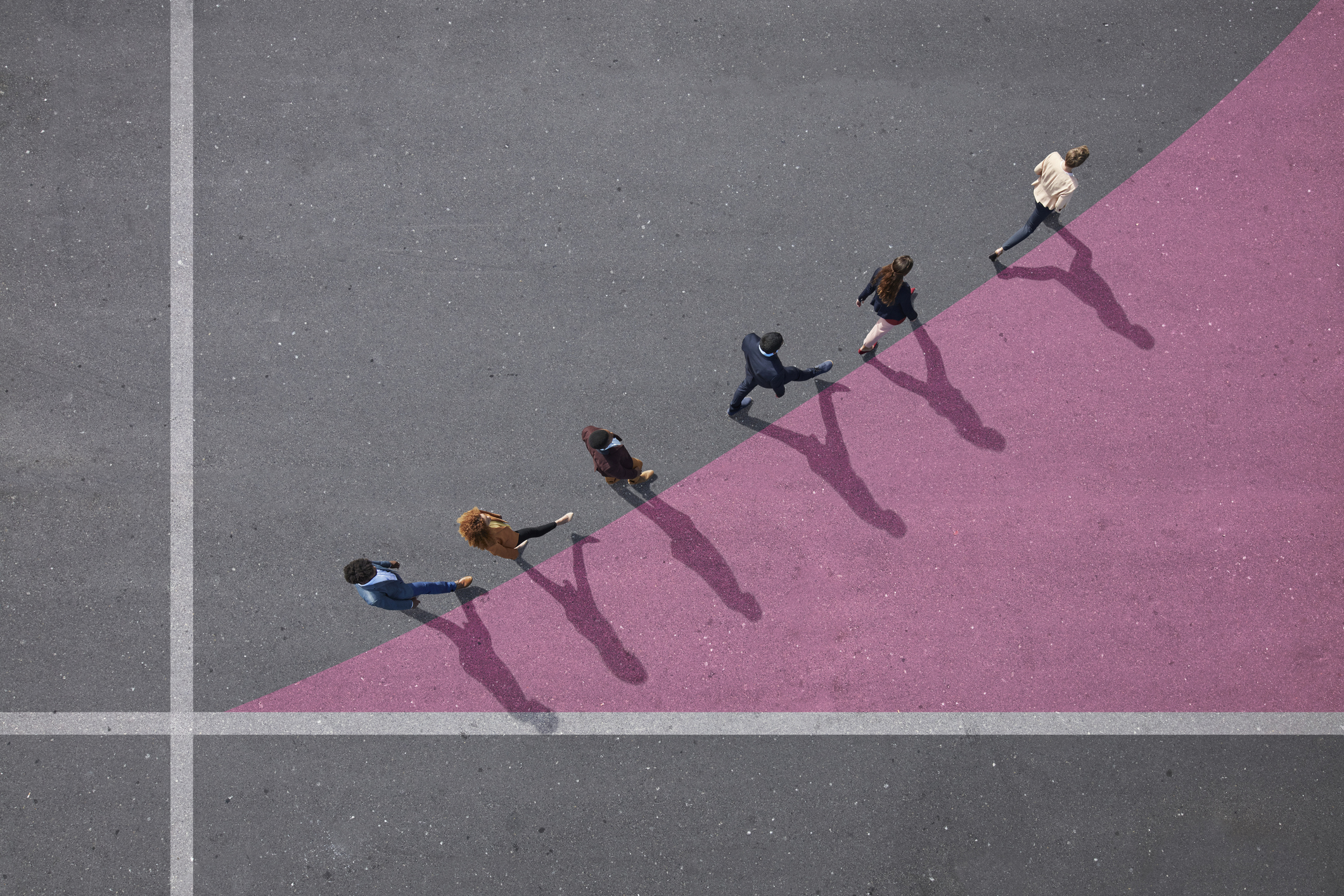The Risks of Deflation
When prices start falling, economies stop growing.
Lots of chatter these days about the chance of deflation (falling prices) and the risk of a slow-growth trap in the European Union and other major economies. So how great a risk is global deflation? What would it mean to the U.S.? (Inflation here is creeping up, though still only 1.5%.) And aren’t falling prices supposed to be a good thing?
SEE ALSO: 5 Reasons Bull Markets End
While the chances of worldwide deflation are modest, recent trends in Europe have been worrisome. Inflation rates have been slowing in the region’s powerhouse economies over the past year. Germany’s most recent 12-month inflation rate of 1.0% was 1.4% a year ago; the UK’s rate has fallen from 2.8% to 1.6%; France’s, from 1.0% to 0.6%; and Italy’s, from 1.6% to 0.4%. Many of the European periphery countries are experiencing outright price declines: Spain, Sweden, Greece, Portugal, Slovakia, Croatia, Bulgaria and others.
Inflation rates look better in the advanced economies outside Europe, though they are still low: The rate is 1.5% in the U.S., Japan, and Canada, and 2.4% in China. Chinese producer prices, however, have been declining for two years, indicating potential oversupply in the industrial sector.
From just $107.88 $24.99 for Kiplinger Personal Finance
Become a smarter, better informed investor. Subscribe from just $107.88 $24.99, plus get up to 4 Special Issues

Sign up for Kiplinger’s Free Newsletters
Profit and prosper with the best of expert advice on investing, taxes, retirement, personal finance and more - straight to your e-mail.
Profit and prosper with the best of expert advice - straight to your e-mail.
Deflation can be good for consumers, but it’s a high-stakes risk. Once deflation takes hold, an economy can get stuck in a no-growth trap. A downward price cycle is self-reinforcing in the same way that an upward inflationary price spiral is, as Japan has cause to know. In 1999, when prices there started to slide, consumers put off planned purchases and businesses delayed investments, assuming prices would be better tomorrow. Slower consumption threw a wet blanket on output, hiring and income, which in turn dampened prices and buying even more, and Japan spent a decade struggling to grow. Two decades later, prices are still below their 1994 level, despite massive increases in both public spending and debt.
What’s more, deflation is nearly impossible to uproot. Interest rates can go only so low, and, in real terms, deflation erodes their stimulative effect. So even a slim prospect of deflation can spook investors and businesses.
The European Central Bank is preparing to do what it takes to head it off. Already, the ECB has cut its interbank lending rate (similar to the federal funds rate set by the Federal Reserve) to 0.25%. Buying up bank loans in a kind of quantitative easing, like the Fed’s QE3 bond buying, may well come next, though that will take time. Another option is for the ECB to charge a fee for banks to keep their reserves parked there, a kind of negative interest rate, meant to encourage banks to plow their reserves into the economy instead.
But there’s little margin for error in Europe. Any negative shock to the economy would likely tip it into deflation and derail the region’s slow move back to health. Failure would mean slower exports and stronger headwinds for U.S. growth. In China, any deflation preventive may be as bad for the U.S. as the disease. Because it’s only producer prices that are sliding in China, Beijing will be tempted to bolster industrial production rather than try to spur more consumer spending. That would translate into a lower value for the yuan and more exports pumped out.
Profit and prosper with the best of Kiplinger's advice on investing, taxes, retirement, personal finance and much more. Delivered daily. Enter your email in the box and click Sign Me Up.

David is both staff economist and reporter for The Kiplinger Letter, overseeing Kiplinger forecasts for the U.S. and world economies. Previously, he was senior principal economist in the Center for Forecasting and Modeling at IHS/GlobalInsight, and an economist in the Chief Economist's Office of the U.S. Department of Commerce. David has co-written weekly reports on economic conditions since 1992, and has forecasted GDP and its components since 1995, beating the Blue Chip Indicators forecasts two-thirds of the time. David is a Certified Business Economist as recognized by the National Association for Business Economics. He has two master's degrees and is ABD in economics from the University of North Carolina at Chapel Hill.
-
 AI Stocks Lead Nasdaq's 398-Point Nosedive: Stock Market Today
AI Stocks Lead Nasdaq's 398-Point Nosedive: Stock Market TodayThe major stock market indexes do not yet reflect the bullish tendencies of sector rotation and broadening participation.
-
 Top Tech Gifts to Grab at Walmart Before Christmas
Top Tech Gifts to Grab at Walmart Before ChristmasBig savings on Apple, Bose, HP, Vizio and more while there's still time to shop.
-
 AI Appliances Aren’t Exciting Buyers…Yet
AI Appliances Aren’t Exciting Buyers…YetThe Kiplinger Letter Artificial intelligence is being embedded into all sorts of appliances. Now sellers need to get customers to care about AI-powered laundry.
-
 What to Expect from the Global Economy in 2026
What to Expect from the Global Economy in 2026The Kiplinger Letter Economic growth across the globe will be highly uneven, with some major economies accelerating while others hit the brakes.
-
 Amid Mounting Uncertainty: Five Forecasts About AI
Amid Mounting Uncertainty: Five Forecasts About AIThe Kiplinger Letter With the risk of overspending on AI data centers hotly debated, here are some forecasts about AI that we can make with some confidence.
-
 Worried About an AI Bubble? Here’s What You Need to Know
Worried About an AI Bubble? Here’s What You Need to KnowThe Kiplinger Letter Though AI is a transformative technology, it’s worth paying attention to the rising economic and financial risks. Here’s some guidance to navigate AI’s future.
-
 Will AI Videos Disrupt Social Media?
Will AI Videos Disrupt Social Media?The Kiplinger Letter With the introduction of OpenAI’s new AI social media app, Sora, the internet is about to be flooded with startling AI-generated videos.
-
 What Services Are Open During the Government Shutdown?
What Services Are Open During the Government Shutdown?The Kiplinger Letter As the shutdown drags on, many basic federal services will increasingly be affected.
-
 The Economy on a Knife's Edge
The Economy on a Knife's EdgeThe Letter GDP is growing, but employers have all but stopped hiring as they watch how the trade war plays out.
-
 Apple Readies for AI Upgrade with New iPhones
Apple Readies for AI Upgrade with New iPhonesThe Kiplinger Letter The tech giant has stumbled when it comes to artificial intelligence, but a new batch of iPhones will help it make headway.
-
 Japan Enters a New Era of Risk and Reform
Japan Enters a New Era of Risk and ReformThe Kiplinger Letter Japan has entered a pivotal moment in its economic history, undertaking ambitious policy and structural reforms to escape from decades of stagnation.

